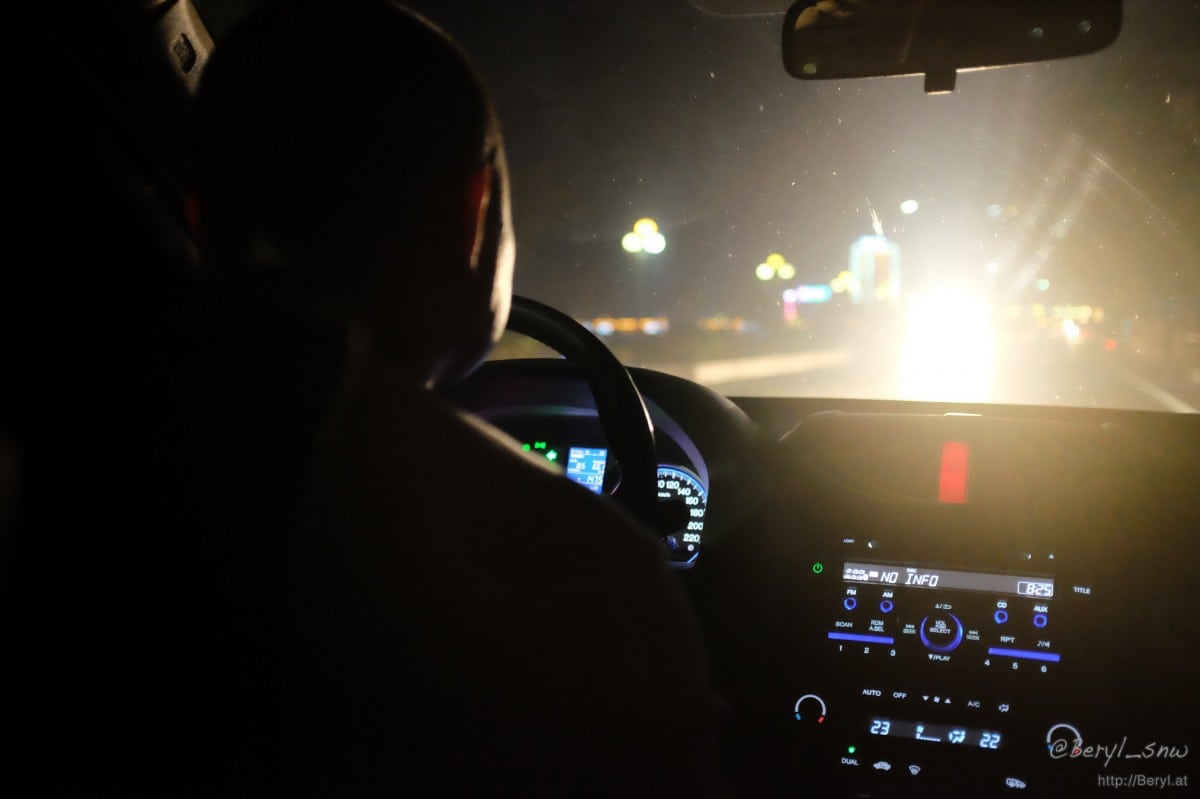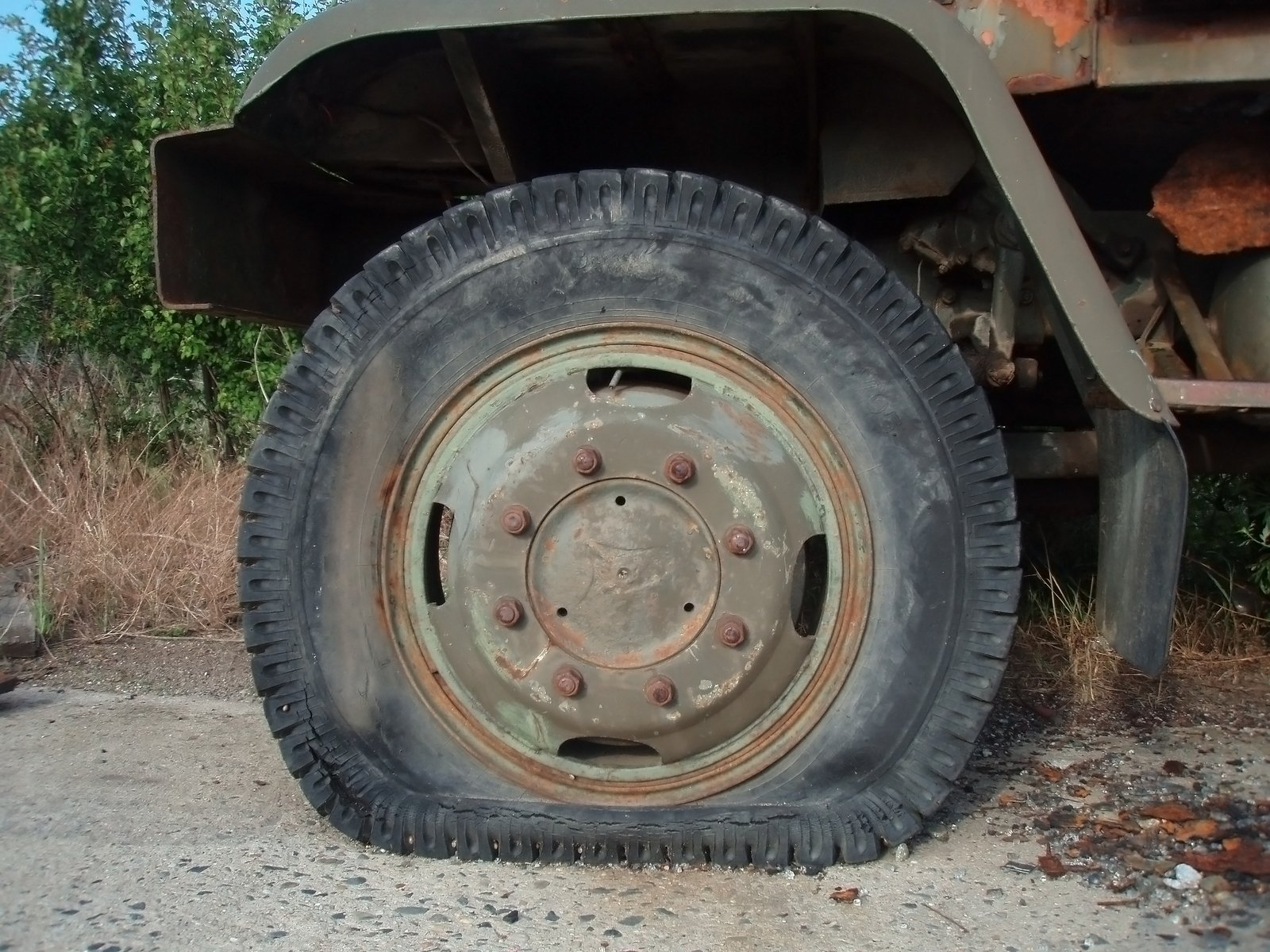One of the hardest and most dangerous things is driving at night, and many people think it is paranoia. Fatal accidents are more likely to occur at night compared to daytime (3 times more).
The main reason why accidents occur more at night is that we cannot see as well at night as in the daytime. Drivers see less road ahead, and it is hard to make a quick judgement or stop if something or someone appears on the road. Also, too much light from other vehicles can compound the problem.
Therefore, you should be vigilant when driving at night to reach home safely. Drivers can take several mental and physical measures, like buying night driving glasses to be safe at night.
Fight fatigue
Accidents related to drowsy driving are most likely to occur between 2300hours and 0600hour. Therefore, you should be careful, mindful and alert while on the road enough to know that they might be sleepy or tired drivers. Also, you should avoid driving while you feel tired. Take a rest in a safe area, take some caffeine or stop for the night and continue when you are okay to drive.
Some drivers have developed techniques to keep them awake, like turning the radio on or the music too loud, singing to themselves or periodically rolling down the window.
Be extra defensive
It is very risky to drink and drive after dark. The rate at which people cause accidents when drunk is high, most of which occur at night. It is obvious and required not to get behind the wheel after drinking alcohol, regardless of the time of the day. Also, you should avoid driving while being distracted, and at night you should be defensive in your driving.
Slow down
Over speeding contributes to over 37% of fatal accidents at night. Due to shorter reaction time and lower visibility, you are more likely to cause accidents when you are on the speed at night than in day time.
For example, you need at least 190 feet to stop when driving at 40mph, considering the fact that your headlight shines 160 feet ahead. Therefore, you should adjust your speed to act quickly and consider visibility problems at night.
Use high/full beam appropriately
People underutilize high beams. High beams are vital, especially on open or rural roads. You can use high beams any time, but when the oncoming vehicle is 500 feet from you, dim. This is to avoid blinding the other driver. Avoid using high beams when following another car. When you are looking for a new car, it is essential to go for an adaptive lighting system to automatically adjust your car’s light based on the road situation.
Be careful where you look
It is recommended to keep your eyes on the road, but avoid fixed gazing or staring at the oncoming headlights. Avoid being blinded by the oncoming car’s headlight. It is possible by looking down and to your right while using the road marking as your guide to remain on track. Once the oncoming vehicle has passed, look back straight.







